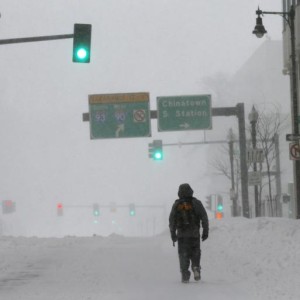A story has a minimum of seven steps in its growth from beginning to end:
- Weakness and need
- Desire
- Opponent
- Plan
- Battle
- Self-revelation
- New equilibrium
The seven steps are not arbitrarily imposed from without, the way a mechanical story structure such as three-act structure is. They exist in the story. These seven steps are the nucleus, the DNA, of your story and the foundation of your success as a storyteller because they are based on human action. They are the steps that any human being must work through to solve a life problem.
Truby, John (2008-10-14). The Anatomy of Story: 22 Steps to Becoming a Master Storyteller (pp. 37-38). Faber & Faber. Kindle Edition.
Follow the exercise 2 at the end of Chapter 3 in Anatomy of a Story, as summarized below (more detail in the text).
To use the seven steps in your story:
- Story Events Write down some story events, describing each in a single sentence.
- Order of Events Put the story events in some rough order, from beginning to end.
- Seven Steps Study the story events, and identify the seven structure steps.
- Psychological and Moral Self-Revelation When figuring out the self-revelation, try to give your hero both a psychological and a moral revelation.
- Psychological and Moral Weakness and Need After figuring out the self-revelation, go back to the beginning of the story. Try to give your hero both a psychological and a moral weakness and need. Remember: A psychological weakness or need affects just the hero. A moral weakness or need affects others.
- Problem What is the problem, or crisis, your hero faces at the beginning of the story? Try to make it an outgrowth of your hero’s weakness.
- Desire Be very specific when giving your hero a desire. Make sure your hero’s goal is one that will lead him to the end
- Opponent Create an opponent who wants the same goal as the hero and who is exceptionally good at attacking your hero’s greatest weakness.
- Plan Create a plan that requires the hero to take a number of actions but also to adjust when the initial plan doesn’t work.
- Battle Come up with the battle
- New equilibrium What is the new state after the protagonist’s change?



Leave a Reply
You must be logged in to post a comment.